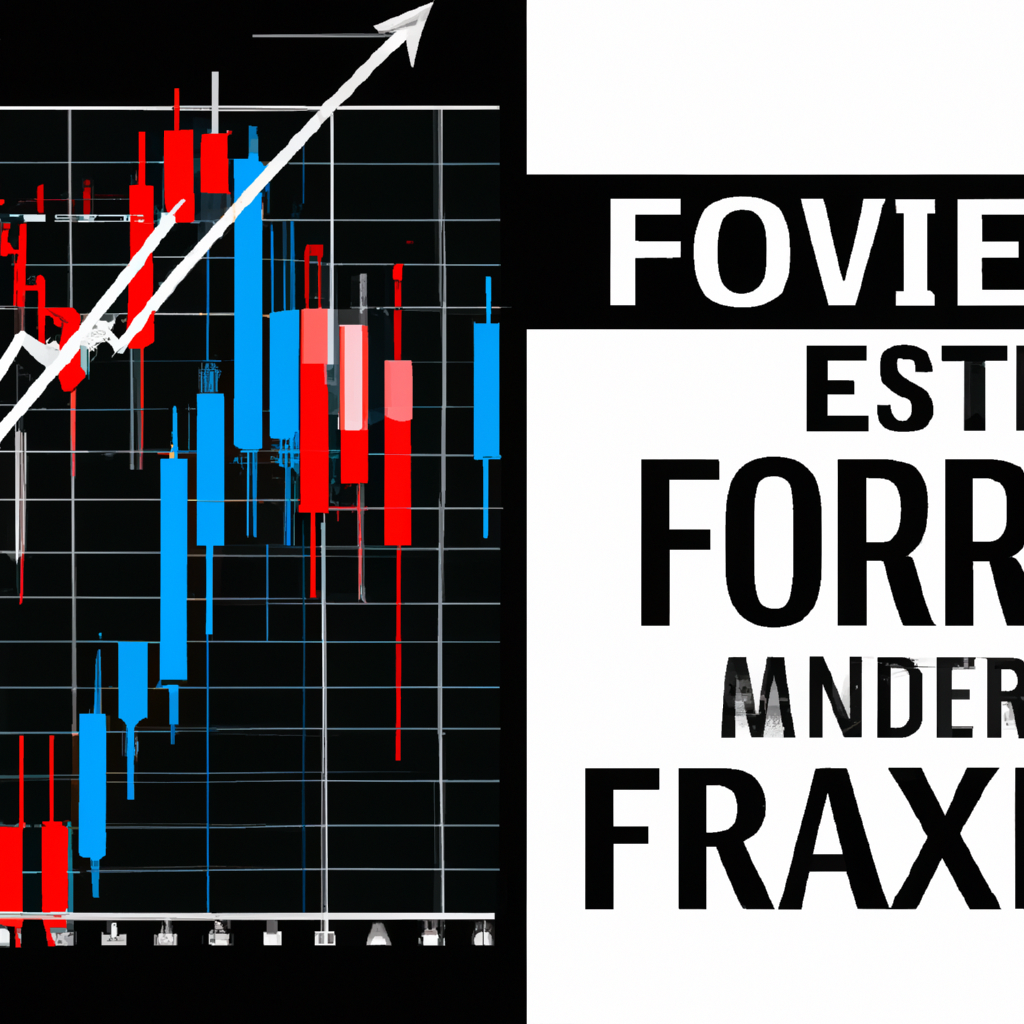Mastering Forex Charts Strategy: A Comprehensive Guide for Traders
Forex trading is a journey that requires a blend of knowledge, discipline, and the right tools. Among those tools, forex charts strategy stands out as a fundamental element of successful trading. Understanding how to read, interpret, and utilize forex charts is essential for anyone seeking to navigate the dynamic world of currency trading. In this guide, we will explore various aspects of forex charting, delve into effective strategies, and discuss how to apply these techniques to enhance your trading performance.
Understanding Forex Charts: The Foundation of Your Strategy
Forex charts are graphical representations of currency price movements over various time frames. They help traders visualize market trends, identify potential entry and exit points, and analyze historical price data. The main types of forex charts include:
- Line Charts: Connects closing prices over a set period, offering a clear view of the general price direction.
- Bar Charts: Provides information about opening, closing, high, and low prices for each period.
- Candlestick Charts: Popular among traders for their rich detail, showing open, close, high, and low prices, as well as bullish and bearish market sentiment.
Each chart type offers unique insights. Candlestick charts, for example, are especially favored in forex trading strategies due to their ability to reveal market psychology and potential reversal patterns.
Key Elements of a Robust Forex Charts Strategy
A well-constructed forex charts strategy incorporates several components. Here are the essential elements traders should consider:
- Time Frame Selection: Choosing the right time frame (such as 1-minute, 1-hour, or daily charts) aligns your strategy with your trading goals, whether you are a scalper, day trader, or swing trader.
- Technical Indicators: Tools such as Moving Averages, Relative Strength Index (RSI), Bollinger Bands, and MACD help you analyze price momentum, trends, and volatility.
- Chart Patterns: Recognizing patterns like Head and Shoulders, Double Tops and Bottoms, and Triangles can signal potential trend reversals or continuations.
- Support and Resistance Levels: Identifying these key price zones helps you set more accurate entry, exit, and stop-loss points.
Popular Forex Charts Strategies Explored
Let’s dive into some of the most effective forex chart strategies that both beginners and experienced traders use to improve their trading results:
1. Trend Following Strategy
This approach involves identifying and trading in the direction of the prevailing market trend. By using moving averages on your forex charts, you can pinpoint bullish or bearish phases. A simple strategy could be buying when the price is above a 50-period moving average and selling when it drops below.
2. Breakout Strategy
Breakouts occur when the price moves beyond a well-defined support or resistance level. Traders look for consolidation patterns, such as rectangles or triangles, and enter trades when the price breaks out, accompanied by increased volume. Forex charts help you spot these setups and manage risk.
3. Reversal Strategy Using Candlestick Patterns
Certain candlestick formations, like the Doji, Hammer, or Engulfing pattern, indicate potential reversals in market direction. By identifying these patterns on your forex charts, you can anticipate changes in trend and make timely trading decisions.
4. Scalping Strategy
Scalpers use lower time frames (such as 1- or 5-minute charts) to capture small price movements. Quick entries and exits are based on technical signals and price action seen on the charts. This approach demands discipline and a robust risk management plan.
Integrating LSI Keywords into Your Forex Charts Strategy
Leveraging Latent Semantic Indexing (LSI) keywords in your analysis can enhance your understanding of market sentiment and technical setups. LSI keywords related to forex charts strategy include:
- Forex technical analysis
- Candlestick patterns
- Currency trading strategies
- Chart pattern recognition
- Price action trading
- Forex indicators
- Market trend analysis
Incorporating these concepts into your trading framework ensures a comprehensive approach, helping you to make more informed decisions and adapt to changing market conditions.
Tips for Optimizing Your Forex Charts Strategy
- Stay Consistent: Stick to your chosen strategy and avoid frequent changes based on short-term outcomes.
- Backtest Your Approach: Analyze historical data to validate the effectiveness of your strategy before trading live.
- Risk Management: Always use stop-loss orders and manage your position size to protect your trading capital.
- Stay Informed: Monitor economic news and market events that might impact currency prices, as these can influence chart patterns and signals.
Conclusion: Master Your Forex Trading with Chart Strategies
Developing a robust forex charts strategy is key to achieving long-term success in the currency markets. By mastering chart types, technical indicators, and pattern recognition, you’ll be equipped to anticipate market moves and capitalize on trading opportunities. Remember, continuous learning and disciplined execution are your greatest allies on the path to forex trading mastery.

